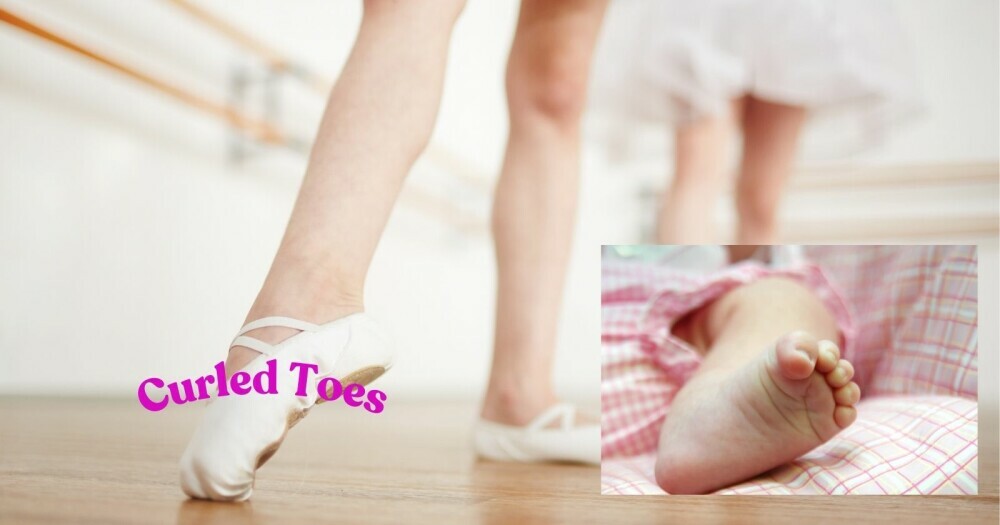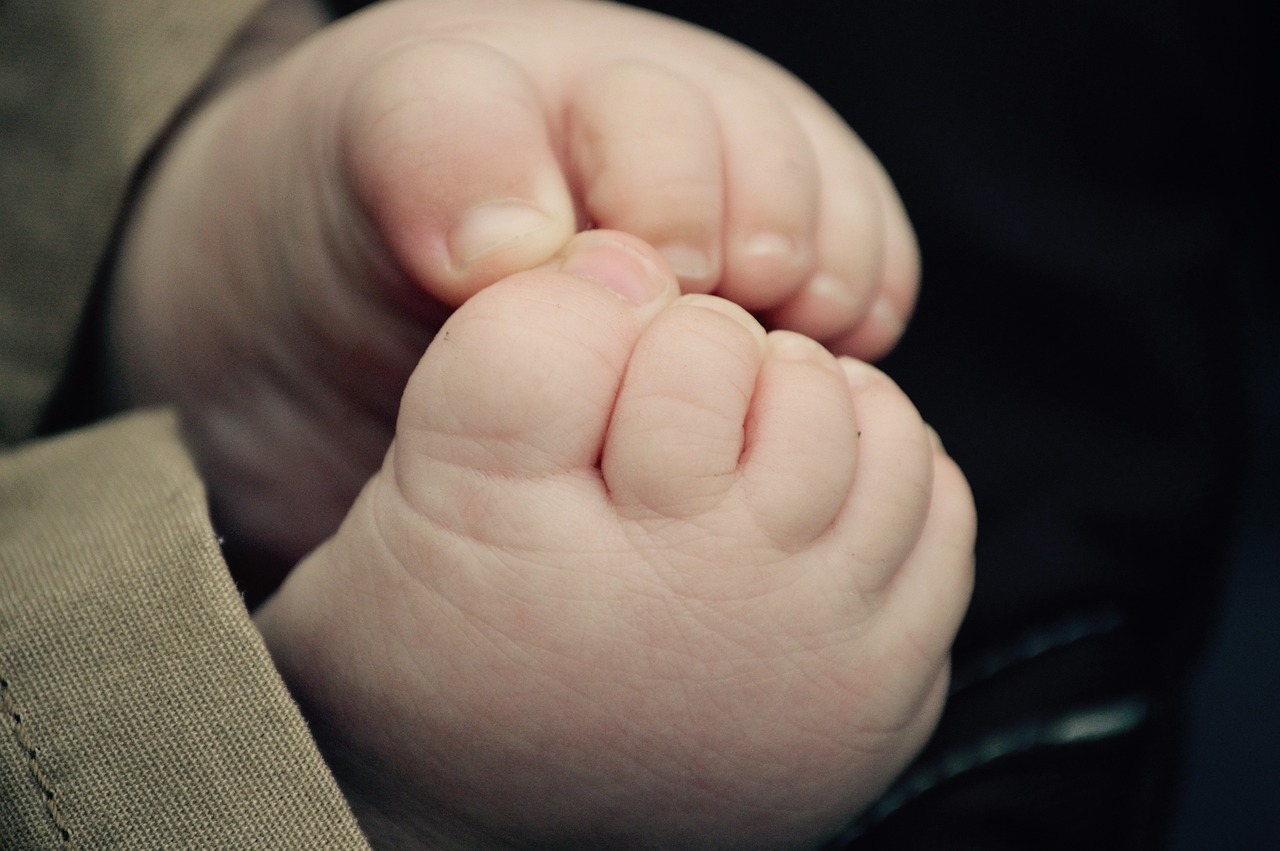What Is Toe Curling In Ballet?
Toe-curling in ballet normally happens when dancers try to point their feet, and to get it to look pointed, they curl their toes under, thinking that this will enhance the look of their feet.

Although curling the toes often seems like a little thing since it is “just the toes” and such a small part of our whole body, the toes need to be trained to stretch out when extending the foot, and this, for most of us, takes a tremendous amount of practice and thought.
As babies, when our toes developed, they were naturally curled, so they could imitate the grasp reflex of the hands. After the toe-curling phase, they then learn to spread so that we can crawl on our bellies and use the toes to push off of.
When we start crawling on our hands and knees, relaxed toes and a fully stretched ankle are required.
All these steps prepare us for walking and develop the arch in the foot.
In ballet dancing, a well-developed arch is key for ballon, balance, and pointe work.
If you find that your toes still want to curl up, you have not yet moved through all the natural phases of foot development and will thus have some challenges to get through in your dance class.
Why Dancers Should Not Practice Toe Curling
If you curl your toes, you are not adding any real strength to your arches, even with all the hard work you may be putting in.
Here are some of the disadvantages of toe-curling:
- If you curl your toes when you point your feet, you are tightening the front of your ankle, and this limits your foot in regards to how much you will be able to point.
- Your hips tighten up and in time you could get sore hips and potential clicking hip syndrome.
- With the hips tightening up, there is now less access to the turnout and rotation during extensions, thus you limit the height of your legs, especially in second.
- Toe curling sends your weight back onto your heels and along with this comes all the challenges of dancing with your weight back, including preventing strength from developing in the hamstrings, which will cause tightness.
- Curling your toes makes rising onto the demi-pointe correctly impossible, and this causes balance and pirouettes to become an issue.
- The push-off of your big toe when you walk is affected, thus weakening your gluteal muscles, and potentially preventing good elevation in your allegro.
- If you are in pointe shoes and your toes are curling, you will end up with blisters on the knuckles of your toes.
- Curling your toes in ballet also leads to the shortening of the Achilles Tendon, and as a dancer, you do not want or need a shortened Achilles.
How To Correct Those Curling Toes
Here is a video that will give you some great ideas of things you can do to prevent those toes from curling under when you point your feet.
As you can see there is a lot you can do to get out of the habit of toe curling in ballet, but it takes time to build up muscle memory, so do these exercises regularly for maximum effect.


Wow , this is so educational! Great post that really explains the reasons behind the behavior, the consequences that the curling gets and how not to do it. Super easy to read and , really good flow. Thank you so much , this will definitely benefit my and my daughters balet practice ! Thanks again for a really nicely written post !
This is a fantastic article on toe-curling! It explains a ton of problems that people in my family have. Many of us always have our toes curled, and after reading your article, it makes so much sense why we all seem to have Achilles tendon and hip mobility problems. I will definitely be taking note of the exercises to do to correct curling toes.
Thanks for stopping by Kevin. For most people, they are not even aware that they are curling their toes, and it only seems to get noticed in the dance industry.
Very informative, we took it for granted when we curled our toes, but after reading this I would certainly avoid that. I have plantar fasciitis and my doctors gave me some exercises and one of them is an extension of the toes. I was wondering why not flexion and extension of my toes, now I get it. thank you.